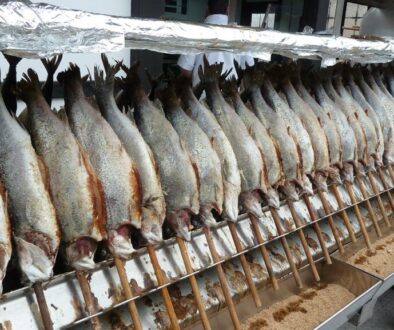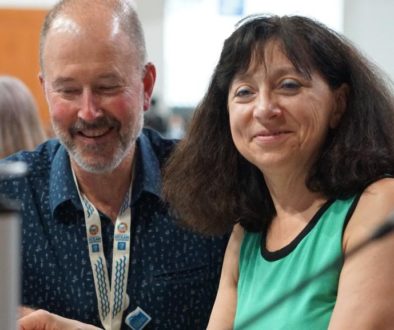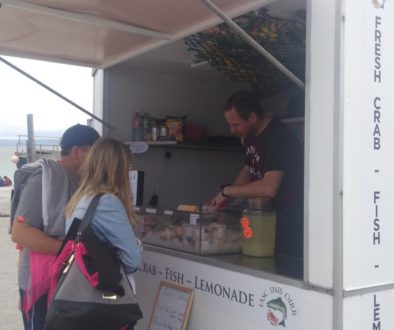Reductions in fishing opportunities across the board were decided at the European Council on October 23-24, and once again it was the SSF that were hit hardest. A decision was made that the main cod fishery will remain closed, as it has been since 2019, since any positive signs of growth and recovery are yet to be seen. Despite this, not only did the EU fail to agree on remedial measures to promote cod recovery, but instead agreed to significantly increase quotas for prey species such as herring and sprat, relative to the Commission proposal.
The Gulf of Riga is the only area where herring biomass levels continue to have consistently exceeded reference levels in recent years. It is the most important species in the ecosystem as it connects to a multitude of other species. In other areas herring stocks have fallen below threshold levels and their spawning is now at risk of impairment. Since stock assessments gave the probability of recovery at below 95% for next year, the Commission initially followed the Baltic Management Plan, Article 4.6, and proposed that the directed herring fisheries should be closed and only a bycatch quota allowed so as to ensure that the sprat and vendace fisheries could continue. However, in a predictable development, the Council then opted to ignore this rule and set a quota of 250,000 tonnes for next year.
Yet, over 95% of catches in the Baltic main basin will come from a handful of industrial pelagic trawler vessels who have a monopoly on fishing in the Baltic. The vast majority will be landed and converted into fishmeal and fish oil to supply salmon, hen and mink farms. These catches will therefore provide little or no value to SSF communities in the region.
Furthermore, according to the latest STECF report, there are 6 EU countries where the small-scale coastal fleets have negative profitability and the Baltic accounts for 4 of them. Half of the large-scale fleet that reported losses in 2021 were also from the region. The report pinpoints the loss of the cod fishery as the reason behind losses in the region’s small-scale fleet. Despite this, the small-scale sector still accounts for 8% of catches and 26% of the landing value.
LIFE is disappointed that the Council did not do more to ensure better quota availability in the years to come for the coastal fleet and for stocks to recover as soon as possible. The quota decisions for sprat, plaice and Bothnian herring all serve to exacerbate the difficulties facing our members.
Sprat is at present the dominant fishery which drives catches throughout the ecosystem. LIFE had recommended a sprat quota of just over 56,000 tonnes so as to ensure that there was increased prey availability in the main cod distribution area and so that herring bycatch levels would be minimised so as to not further impair stock productivity. The final decision to set a quota of over 200,000 tonnes by the Council was irresponsible and counterproductive because it serves to incentivise illegal fishing and misreported catches due to the enormous quota mismatch in the mixed herring/sprat fishery.


